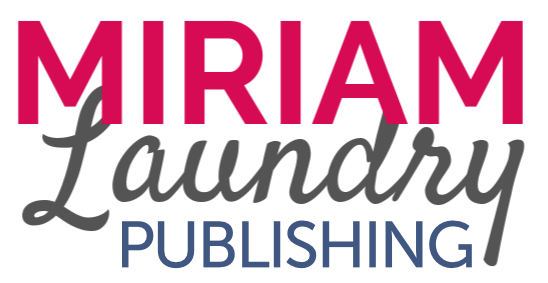Where the Wild Things Are. The Very Hungry Caterpillar. Last Stop on Market Street. There are so many incredible book titles out there, especially for children’s books. There’s no doubt the title of your book is incredibly important: it sets the very first impression readers will have of the book, needs to be marketable, and sets the tone for your story. With all the pressure involved in the title, you might feel like second-guessing your original ideas (or maybe you’ve drawn a blank). In this blog, you’ll discover my top tips to pick a title for your children’s book.
How to Pick a Title for Your Children’s Book
Before we dive into the best strategies to pick a title for your children’s book, note that all of these strategies will depend on you having a full manuscript written. Since the title reflects the tone of the story, it’s best to have your story written before settling on a title.
Of course, if you have a good outline in place, you might be able to get away with picking a title before you’ve finished writing. If that’s you, I have the perfect resource at the end of this post for you to use.
Here are my top three strategies to pick a great children’s book title:
Identify the Most Important Moment or Theme
No matter what the story’s about, there’s always a key moment that shifts the plot. Whether it be the moment the character discovers the solution to a problem, a sudden epiphany, or the ending, there’s always one life-changing moment in a main character’s journey.
To pick a title that is sure to resonate with the reader, take a look at the key moment in your story, and try to turn it into a catchy title.
Where the Wild Things Are by Maurice Sendak is a great example. It follows the story of a young boy who is misbehaving. Suddenly, the boy finds himself in a unique land full of “wild things”. This adventure is ultimately a metaphor for how children can tame their own emotions. The moment the main character enters this new place is undoubtedly one of the story’s most powerful moments, so it makes perfect sense that Sendak settled on it for the title.
Try doing the same with your story.
Use Your Main Character
This one might seem too easy to be true, but it almost always works. To keep your title simple and easy to remember, you can simply use your main character’s name (if it’s strong enough to stand on its own).
If it doesn’t sound right on its own, add in something about what the main character has learned or the adventure they’re on.
For example:
The Very Hungry Caterpillar (Eric Carle)
The Giving Tree (Shel Silverstein)
Harold and the Purple Crayon (Crockett Johnson)
To pick a title for your children’s book, try keeping it simple by using the main character’s name.
Pull a Line from Within the Story
Lots of children’s books repeat a key phrase over and over. This is a great strategy for improving reader’s literacy skills and vocabulary. If your story has a key phrase or repetitive phrase, try it out!
You can pick a title that’s catchy and easy to remember this way.
If You Haven’t Written Your Story Yet…
Don’t worry about the title at this point. If you just have an idea, focus first on drafting the outline and then the manuscript. Then, it’ll be much easier to pick a title that stands out.
To get started on outlining your children’s book, check out my Children’s Book Blueprint.
Interested in Writing a Children's Book?

